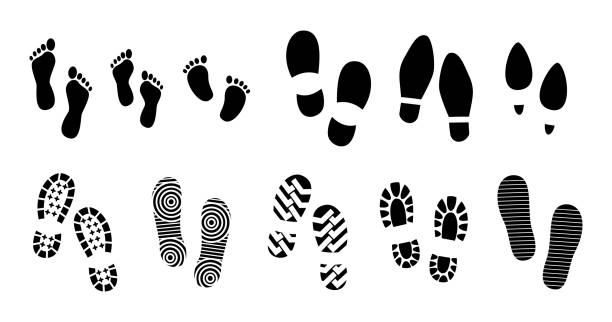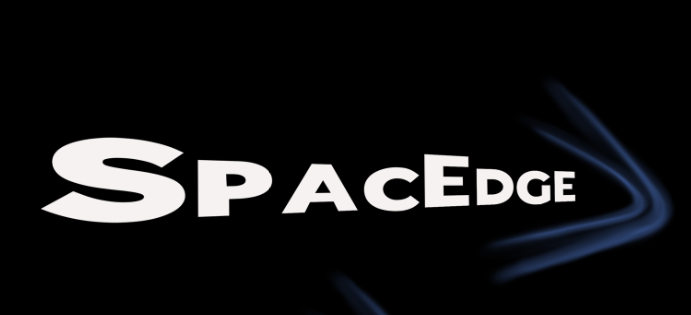Educator Onboarding
LEO Art Challenge Workshop
Satellite Tracking, Orbits, and Modeling
Workshop: Satellite Tracking, Orbits, and Modeling
Workshop: Trek-a-Sat
Workshop: Yerkes
Workshop: Electrostatics in Space - Carthage- Yerkes
Workshop: Life in Space! BTCI
Workshop: More Than a Rainbow - Yerkes
Workshop: Small Steps Teachimg Space Brings Giant Steps in Classrooms-SEEC
Workshop: 2017-01-28 Yerkes
Tools You Might Use
Educational Learning
Standards
Documentation
Powers of Steps
Тематический план
-
-
 Title: Powers of Steps
Title: Powers of StepsContributors or Authors: Bhumika Kalia (University of Chicago), Sofya Fadeeva (University of Chicago), and Frances Dellutri (Director of Education, National Space Society).
Short Summary: This lesson is a precursor to "A Journey Through the Cosmos" where it encourages students to come along on a perspective journey to that simplifies the mathematical concept of Powers of Ten, also important in science. We recommend this lesson activity for students from grades 3-5 who are interested in understanding distances and scale.
Goals of the Lesson for the Teacher and the Students:
- Understand location perspectives.
- Understand how to envision scale.
Learn about the effect of distance on visual understanding through "Powers of Steps"
Age Level: Grades 3-5.
Education Standards:
CCCS (Common Core Curriculum Standards-U.S.):

- CCSS.ELA-Literacy.SL.3.1
- CCSS.ELA-Literacy.SL.3.4
- CCSS.ELA-Literacy.SL.4.1.b
- CCSS.ELA-Literacy.SL.4.1.c
- CCSS.ELA-Literacy.SL.4.4
-
Why should we teach distance and perspective to students?
Learning to observe how objects change in size and clarity as students move farther away enhances spatial reasoning, otherwise known as a core skill tied to success in mathematics, science, and everyday problem‑solving.Our guided practice in shifting perspective (“Powers of Steps”) helps students visualize scale, notice patterns, and understand their surroundings deeply. Research shows that such skills are trainable and transfer to improved academic performance, especially in our target of grades 3–5 where foundational spatial thinking solidifies within the years.
https://www.edutopia.org/article/how-foster-spatial-skills-preschool-and-elementary-students/
https://pmc.ncbi.nlm.nih.gov/articles/PMC6305681/
These articles emphasize development regarding spatial and visualization skills, helping students succeed in STEM courses early on in their academic journey. They also note that spatial training often boosts math and science abilities in which all students can improve with consistent practice and activities. In the second article, a study showed clear evidence that students taught with the spatial training framework outperformed control groups and reported high engagement levels than those who were not. -
-
Purpose:
For teachers to introduce their students to how objects look closer or farther depending on distance and tools we use to view them, such as magnifying glasses! Activity will approximately take up to 10-15 minutes.
-
-
This video is a fun way to explore the concepts of scale and perspective. In the beginning, you only see a tiny, zoomed-in part of an object, which makes it hard to tell what it is. This is all about scale. When an object is close up, it can look completely different than when you see the whole thing.
As the video zooms out, the scale changes and students start to recognize what the object actually is, also showing perspective because your point of view is shifting. You would be seeing more of the picture and getting a better idea of what you are are looking at. It teaches us that how something looks can depend on how close we are and how much of it we can see.
-
Instructions for Students:
Watch closely!
You will see a zoomed-in photo of an everyday object. Initially, it will be extremely close up (so close that you probably won’t recognize it).
Make your guess:
Before the image zooms out any further, write down or as a class, think about what you think the object might be. Don’t worry if it is a wild guess!
Keep watching:
As the image slowly zooms out, look for clues like colors, patterns, shapes, and textures. Anything that will help you figure out what the full object is!
Guess again (if needed):
You can change or update your guess each time the image zooms out.
Final reveal:
Once the image is fully zoomed out, the real object is shown. Was your guess correct? What clues helped you figure it out?
-
This activity is a precursor activity to the skill of using Powers of Ten. The "A Journey Through the Cosmos" lesson on SpacEdge uses the Powers of Ten skill and can be used as a follow up to the Powers of Steps activity. This activity offers a perspective in increasing and decreasing distance from an image on the wall.
The skill of of the scribe's listening and recording is an important part of this experience. This activity gives participants confidence to try more challenging roles in reporting, listening, and recording.


-
Purpose:
For teachers to introduce their students to how objects look closer or farther depending on distance and tools we use to view them, such as magnifying glasses!
-
Instructions and guidelines
-
Record your observations here!
-
-
Send a Postcard to Space through NSS Supported Blue Origin Club For The Future initiative!
Visit: SpacEdge Academy Postcards in Space Course

